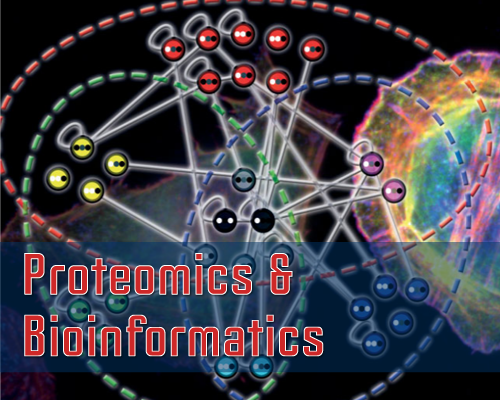Volume 1 Issue 1
Mariacarla Valli*, Elona Cekani, Simona Cima and Antonella Richetti
Post-operative radiotherapy after conservative surgery or mastectomy improves disease free and overall survival. Collateral effects and toxicity dramatically decreased in the last decades due to technological innovations (i.e. conformal techniques, respiratory gating, image-guided radiotherapy, tracking systems), less demolitive surgical approaches, new reconstructive techniques and better knowledge of radiotherapy interaction with chemo/hormono/immunotherapies.
A more careful consideration of patients co-morbidities and the collaboration of specialized personnel improves its safety too.
Even when loco-regional lymphnodes have to be irradiated, according to tumor stage and age of the patient, limited acute and late toxicity has been detected. The irradiation of regional lymphnodes draws our attention to thyroid and brachial plexus toxicities in addition to the cutaneous, cardiac and pulmonary ones.
Cite this Article: Valli M, Cekani E, Cima S, Richetti A. Special Issue on Radiation Therapy for Breast Cancer - Radiation Side Effects. Sci J Nucl Med Radiat Ther. 2017;1(1): 016-031.
Published: 23 October 2017
Review Article: Special Issue on Innovative Strategies against Radiation-Induced Toxicity-Biological Effects of Heavy Ion Radiation
Hong Ma* and Peng Zhang
In recent years, heavy ion radiation research has received more and more extensive attention. On the one hand, as a novel in vitro precise positioning of radiotherapy technology, heavy ion beam treatment of cancer research has become a hot spot in the field of radiation therapy. On the other hand, with the development of manned aviation, charged heavy ions in space particles also have a huge threat to the health of astronauts. In this paper, we counted the number of heavy ions radiotherapy published each year, published countries, cities, authors and magazines. In addition, we analyzed the effects of heavy ion radiation on the nervous system, the immune system and the digestive system.
Cite this Article: Ma H, Zhang P. Special Issue on Innovative Strategies against Radiation-Induced Toxicity-Biological Effects of Heavy Ion Radiation. Sci J Nucl Med Radiat Ther. 2017;1(1): 009-015.
Published: 27 September 2017
Dimitrios Lytras*,Nikolaos CH. Syrmos and Vaitsa Giannouli
Nuclear Medicine is a form of scientific technology that gets more and more evolved over the last decades. With the use of advanced technologies, such as computerized?-camera, PET and PET/CT, new generation PCs and new radiopharmaceuticals, it contributes to primary and safe diagnosis of various diseases. In Orthopedic, the use of Nuclear Medicine regards either the diagnosis or the facilitation of the therapy of many diseases. Periprosthetic infection and aseptic prosthesis loosening remain the most common and serious complications of total hip arthroplasty and total knee arthroplasty.
Cite this Article: Syrmos CHN, Lytras D, Giannouli V. The Remarkable Applications of Nuclear Medicine in Orthopedic. Sci J Nucl Med Radiat Ther. 2017;1(1): 006-008.
Published: 17 August 2017
Research Article: Radiotherapy Dose Calculation Program, for Monitoring and Commissioning Treatment Planning Systems
Ioannis Vamvakas*, Stella Synefia, Paraskevi Charalabatou, Christina Armpillia, Christos Antypas and Maria Lyra
Aim: In modern radiotherapy high energy photon beams are produced by linear accelerators, fast and accurate calculation of the dose distribution in patient's body is required. Computer systems known as treatment planning systems (TPS) calculate the dose distribution. Medical Physicists use the treatment planning systems for radiotherapy dose calculations. Every TPS should be checked for the accuracy of the computed dose compared to dose measured with ion champers under several cases, before it can be used clinically. Modern techniques like intensity modulated radiotherapy (IMRT) require dose calculation accuracy. The aim of this study is to create dose calculation software in order to verify the accuracy of the TPS.
Material and method: We created an independent routine in MATLAB that calculates absorbed dose at any point on the central axis of a photon beam in water and we used it to check the accuracy of the treatment planning calculation. In this study we compared the Siemens Once 6 MV linear accelerator dose measurements to Nucleation Master plan TPS calculations.
Results and conclusions: The results showed agreement between dose measurement and dose calculation better than 3 percent at any case. The advantage of the MATLAB software is that it can calculate the dose at any point on the beam's central axis very fast and it gives the medical physicist the opportunity to check the TPS calculation for several depths in the water and for several field sizes in a very short time period.
Cite this Article: Vamvakas I, Synefia S, Charalabatou P, Armpillia C, Antypas C, et al. Radiotherapy Dose Calculation Program, for Monitoring and Commissioning Treatment Planning Systems. Sci J Nucl Med Radiat Ther. 2017;1(1): 001-005.
Published: 19 July 2017
Authors submit all Proposals and manuscripts via Electronic Form!




























